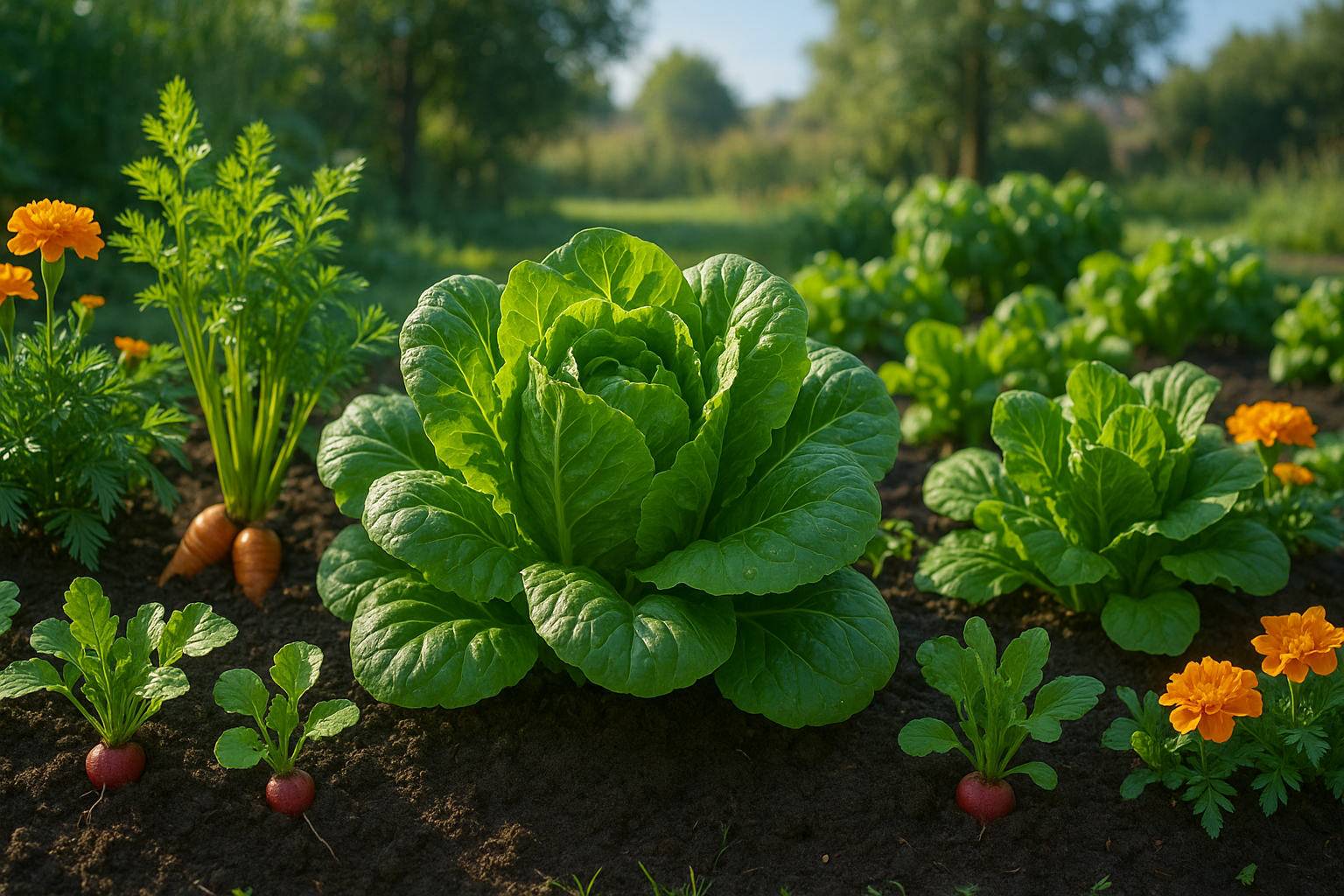Introduction
Lettuce is a favorite among gardeners for its crisp texture, quick growth, and versatility in salads and sandwiches. Whether you have a spacious backyard plot or a few containers on your balcony, lettuce fits right in. But did you know that the plants you grow nearby can make a real difference in how well your lettuce thrives?
Understanding the worst companion plants for lettuce is essential for any grower aiming for a healthy, abundant harvest. Companion planting—strategically situating plants that help (or avoiding those that hinder) each other—is more than just an old gardener’s tale. For lettuce, making the wrong plant pairings can lead to stunted growth, increased pest problems, or even a bitter taste.
For example, some vegetables and herbs compete for nutrients, shade your lettuce excessively, or attract insects that feast on those delicate leaves. In this article, you’ll discover exactly which plants to avoid planting near your lettuce, along with real-life scenarios and tips for maximizing your garden’s productivity.
Whether you’re new to companion planting or just want to troubleshoot why your lettuce hasn’t been thriving, read on to learn which neighbors your lettuce would rather avoid—your salad bowl will thank you come harvest time.
Understanding Lettuce and Its Growing Needs
Lettuce thrives best when given the right environment, and understanding its essential growing conditions can make all the difference in your garden. Start with well-draining, fertile soil rich in organic matter—loamy soils or raised beds with plenty of compost create the ideal base.
Lettuce loves cool weather, so the best time to plant is in early spring or late summer; aim for daytime temperatures between 60–70°F (15–21°C). High heat can make lettuce bolt—meaning it quickly produces flowers and develops a bitter flavor—so consider using shade cloth or choosing heat-tolerant varieties if your climate is warm.
Consistent moisture is crucial, as lettuce has shallow roots—try mulching around the plants to help soil retain water and keep leaves crisp. However, wet leaves or soggy soil can promote rot and fungal issues, so water at the base whenever possible.
Lettuce is particularly vulnerable to pests like aphids, slugs, and cutworms, and it doesn’t compete well with aggressive weeds or strongly rooted neighbors that can crowd it out or steal nutrients. Because of these vulnerabilities, lettuce pairs best with slower-growing, shallow-rooted companions, such as radishes or carrots, which don’t overshadow or choke it out.
Avoid placing lettuce near fast-growing brassicas or sprawling cucumbers, which can quickly dominate space and resources. Paying attention to these simple needs and stresses helps you set up your lettuce patch for a crisp, flavorful harvest and makes it easier to manage pest or competition issues before they become a problem.
Companion Planting Basics
Companion planting is a gardening technique where different crops are grown together to benefit each other—whether by enhancing growth, deterring pests, or making the most of garden space. The main goal is to create a healthier, more productive garden by leveraging natural plant relationships.
When it comes to lettuce, companion planting can be especially helpful. For example, growing lettuce alongside carrots or radishes helps utilize space efficiently, while plants like chives or garlic naturally repel aphids and other pests that tend to bother tender lettuce leaves.
However, not all pairings are beneficial—some plants compete for nutrients, water, or even attract unwanted insects. For instance, planting lettuce near broccoli or cabbage isn’t ideal, as these can attract the same pests or overshadow lettuce, stunting its growth. That’s why it’s important to understand the difference between “good” and “bad” garden neighbors.
Good neighbors, like herbs or certain root vegetables, support lettuce’s needs, while bad neighbors—such as taller, heavy-feeding crops or those prone to similar diseases—can inadvertently harm it. A practical approach is to plan your beds with these relationships in mind and experiment on a small scale to see what works best in your garden’s unique conditions.
By observing which plant combinations thrive together and which struggle, you’ll become more skilled at arranging your garden for both beauty and productivity.
Top Plants to Avoid Growing Near Lettuce (with Reasons)
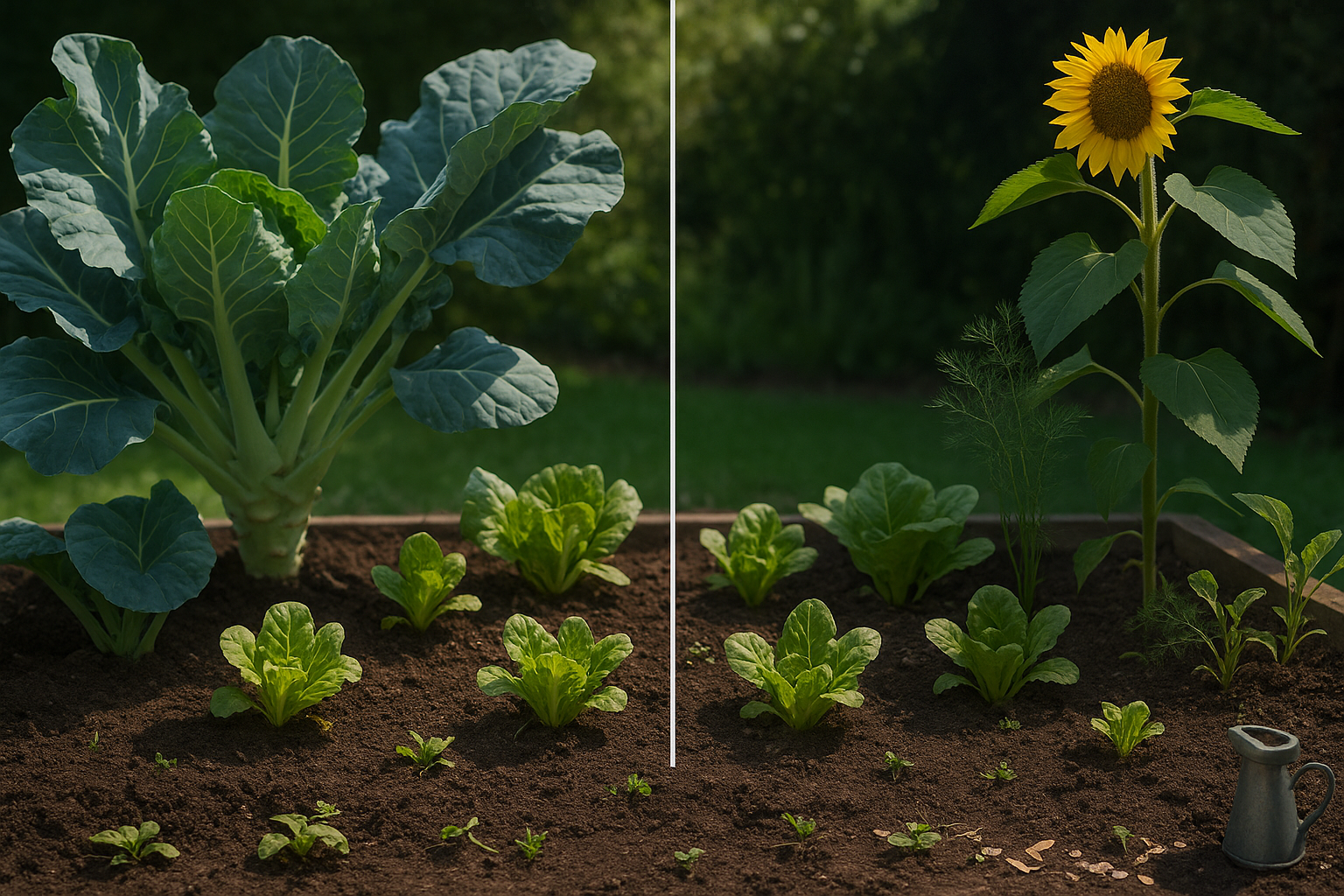
When planning your vegetable garden, it’s important to know which plants don’t get along well with lettuce. First, avoid planting lettuce near members of the brassica family like broccoli, cabbage, kale, or cauliflower. These vegetables have large, leafy canopies that can overshadow your lettuce, limiting vital sunlight. They also compete for similar nutrients, which can stunt the tender growth of lettuce. This competition is especially fierce in smaller raised beds or dense garden rows, often resulting in smaller, less crisp lettuce heads.
Sunflowers are another no-go: while they may look stunning, they cast dense shade and release chemicals from their roots that inhibit the growth of nearby plants like lettuce—a phenomenon called allelopathy. Similarly, pole beans can quickly climb and sprawl, shading out young lettuce and stealing both sunlight and valuable soil moisture.
Fennel is notorious for its allelopathic tendencies; it releases compounds into the soil that prevent lettuce (and many other plants) from thriving. In practice, lettuce planted near fennel almost always produces poor yields.
Nasturtiums, although often praised as pest deterrents, can actually backfire when planted near lettuce. They attract aphids and other pests that easily migrate to soft green leaves. In traditional garden borders, nasturtiums should be kept away from any leafy salad patch.
While it’s tempting to interplant lettuce to maximize space, think twice about tucking it beneath aggressive climbers or next to pest-attracting flowers. For best results, give your lettuce clear breathing room and choose neighbors that are proven to be mild-mannered companions, such as carrots or radishes, to ensure a smooth, healthy crop.
How Bad Plant Pairings Affect Lettuce Health and Yield
Bad plant pairings can seriously impact the health and yield of your lettuce crop—often more than most gardeners realize. When incompatible plants share space, they compete for vital nutrients like nitrogen and potassium, which lettuce needs to thrive.
For example, planting lettuce too close to broccoli or cabbage—both heavy feeders—can leave all the plants undernourished, resulting in stunted growth and pale, limp leaves.
Space and light are also crucial. Sprawling or bushy plants such as tomatoes or sunflowers can overshadow lettuce, depriving it of the sunlight it needs for crisp, full heads.
But the trouble doesn’t stop there. Certain plants can attract pests harmful to lettuce, like aphids and slugs, or release allelopathic chemicals through their roots or leaves that inhibit lettuce growth. For instance, fennel is notorious for suppressing the growth of nearby lettuce due to its natural chemical secretions.
These negative interactions aren’t just myths—they’re backed by science. Plants growing close together can alter soil pH, attract harmful insects, or foster fungal diseases that easily spread from one poorly matched plant to another.
Together, these factors can also affect the flavor of your lettuce, producing leaves that are more bitter or less crisp.
To protect your lettuce patch, make sure to research and plan your plant companions carefully. Give each crop enough elbow room and choose neighbors that help, rather than hinder, lettuce growth and taste.
What to Plant Instead
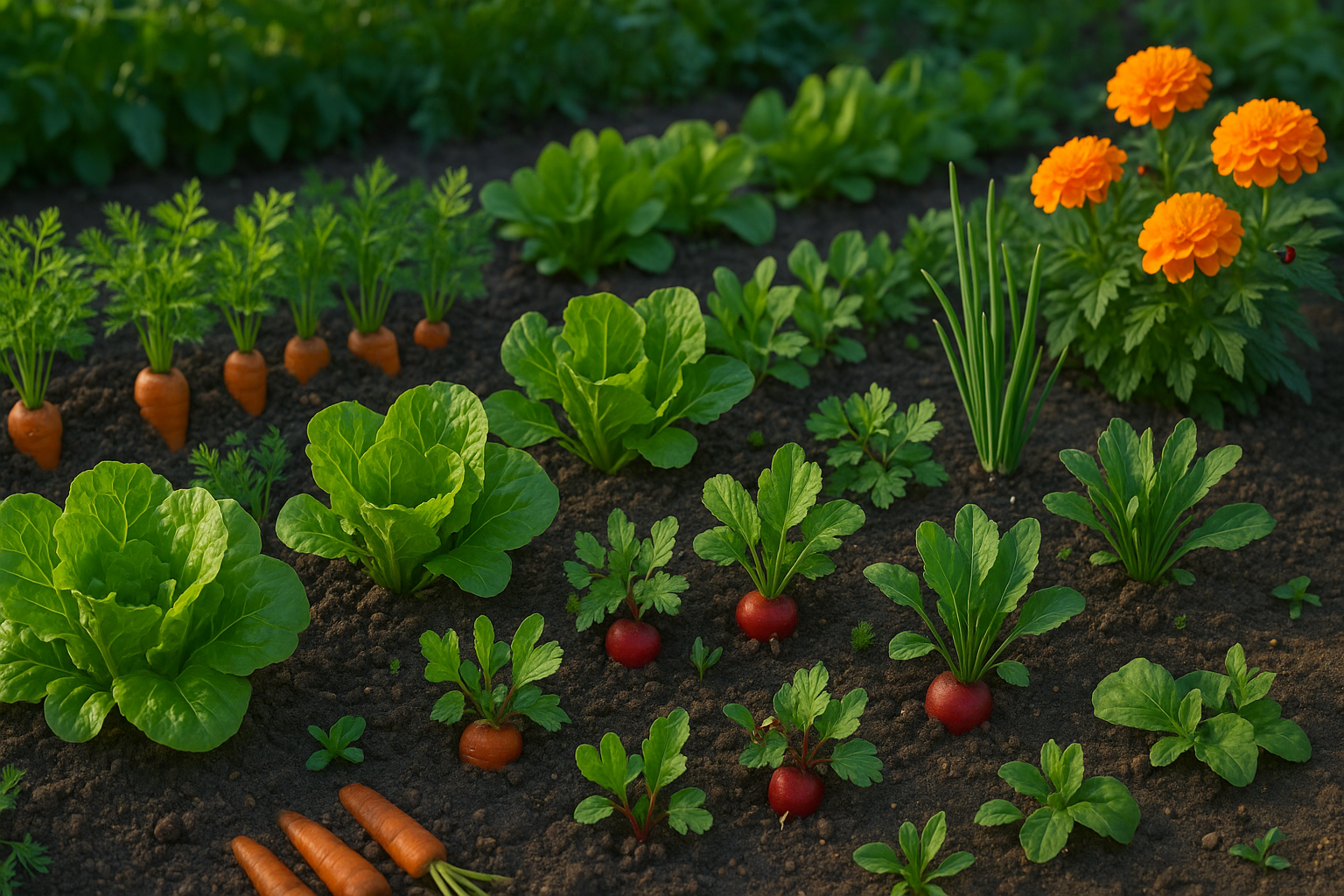
When planning your lettuce patch, pairing it with the right companions can really boost your garden’s success. Carrots and radishes are classic choices—both have deep roots that break up the soil, making it easier for shallow-rooted lettuce to access nutrients and moisture.
Onions and chives offer natural pest control by repelling aphids and other critters that commonly bother lettuce leaves, reducing your need for chemical pesticides. Marigolds aren’t just pretty; they bring powerful pest-deterring properties to your rows, keeping nematodes and beetles at bay thanks to the natural compounds in their roots and flowers.
Herbs like dill pack a double punch: they attract helpful pollinators and predatory insects (think ladybugs and lacewings), and their feathery leaves won’t crowd your lettuce.
For easy companion planting, try alternating rows of lettuce with carrots or radishes, or make a border of chives and marigolds around your lettuce bed. Another great combo is a mixed bed with lettuce, onions, and dill—onions will keep pests away while the dill draws in beneficial insects, leading to a healthier, tastier crop.
Not only do these combinations improve plant health, but they can also subtly enhance lettuce’s delicate flavor, making your salads even more delicious straight from the garden. By mixing and matching these companions, you’ll enjoy a low-maintenance, high-reward harvest all season long.
Tips for Planning Your Lettuce Bed
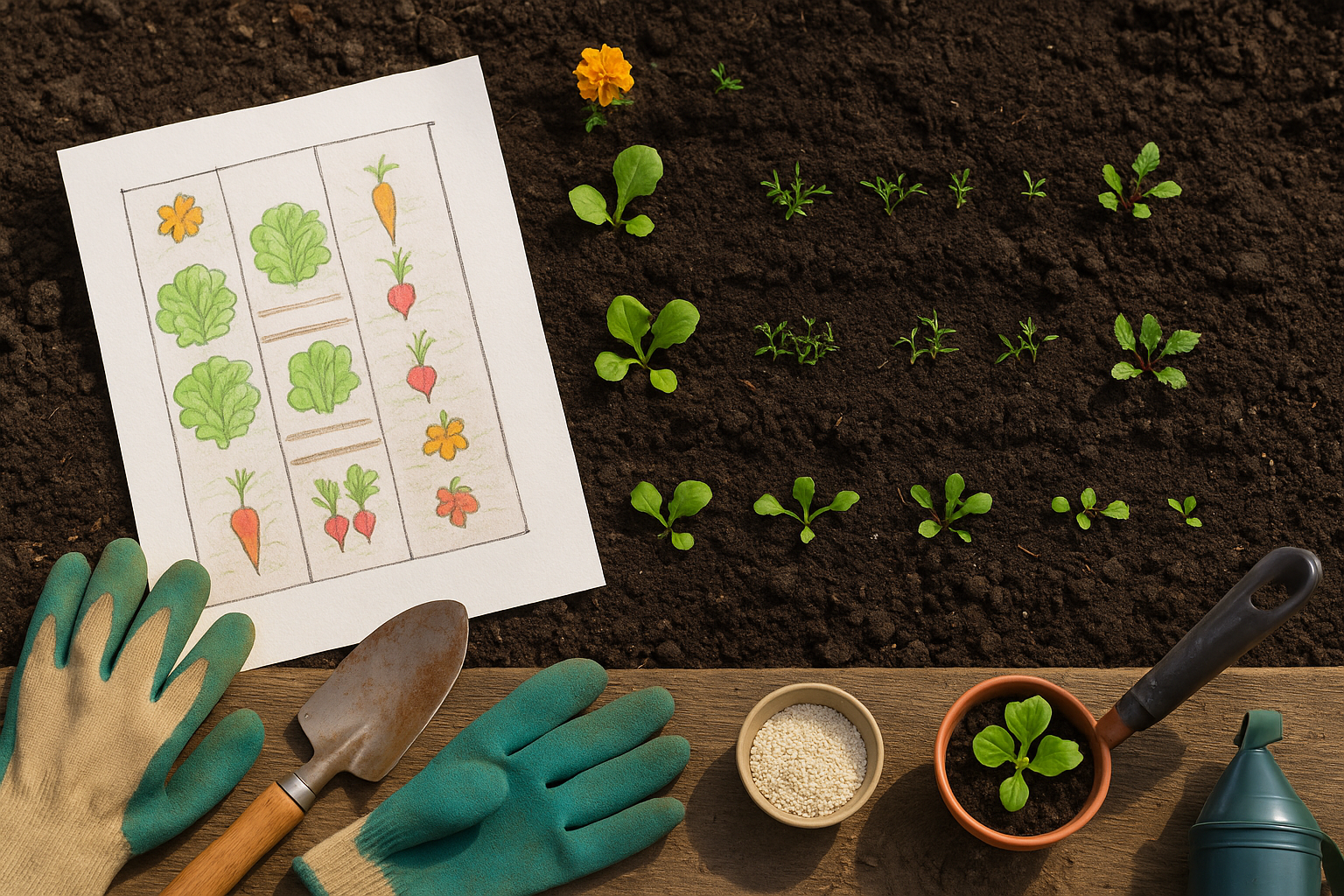
When planning your lettuce bed, organization is key to a healthy harvest. Start by keeping a garden journal to track where you plant crops each season—this helps you rotate lettuce and avoid planting it in the same spot every year, reducing soil-borne diseases and pest build-up.
Avoid bad pairings by steering clear of placing lettuce next to crops like cabbage or broccoli that attract similar pests; instead, try planting with carrots, radishes, or marigolds, which make friendlier neighbors.
Space your lettuce plants about 6 to 12 inches apart so air can circulate freely, helping prevent fungal issues and allowing each plant plenty of room to grow.
As your lettuce matures, observe how each variety responds—some might need more shade or moisture than others, depending on your region.
Don’t be afraid to experiment by shifting bed layouts or trying new companions if you notice problems or want to boost growth. Local climate, sun exposure, and even soil type can influence the best setup for your garden, so take notes, tweak your approaches, and let experience guide your planning.
A little extra attention now can lead to crisp, healthy heads all season long.
Conclusion
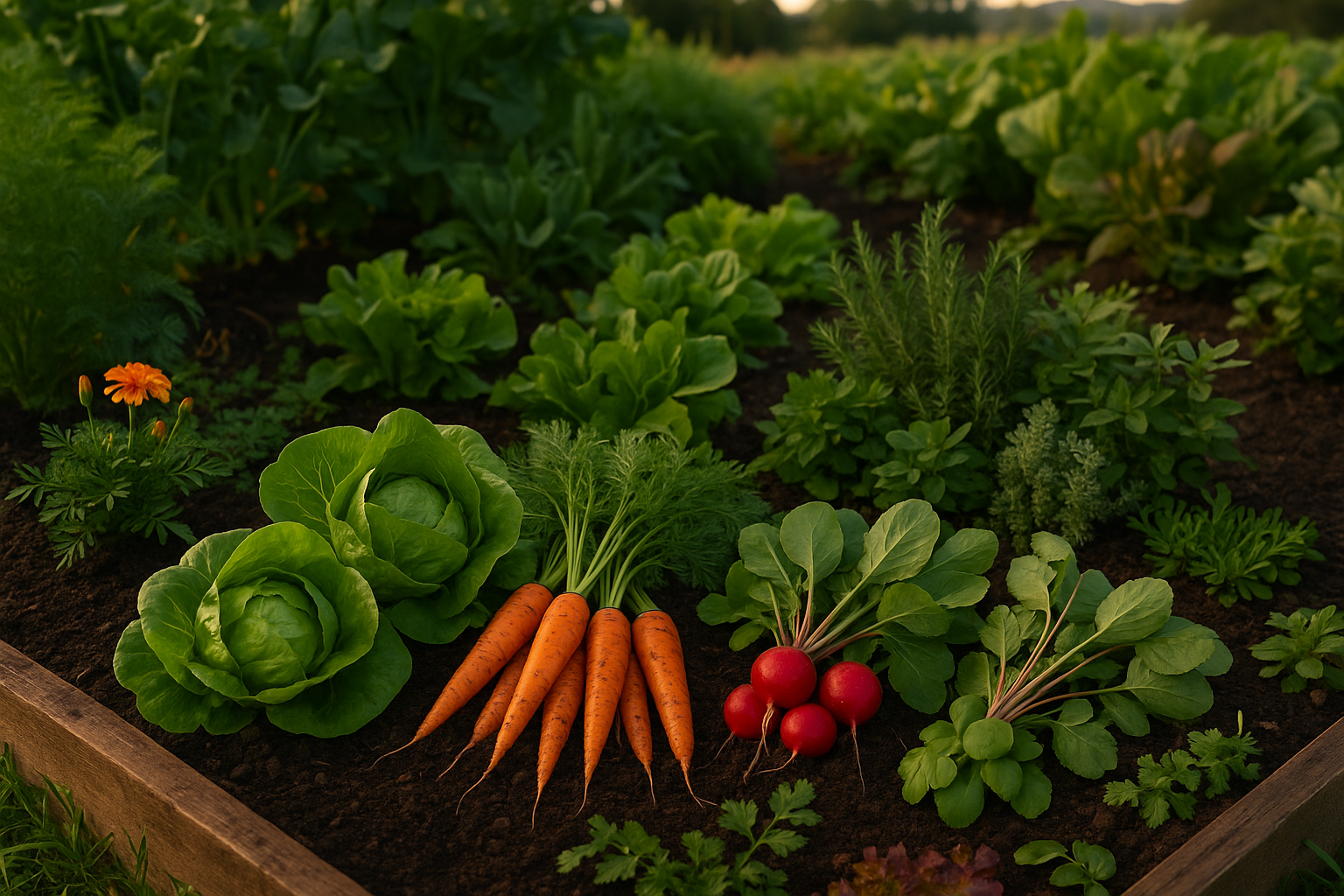
Smart companion planting is a game-changer for growing healthy, productive lettuce. By pairing lettuce with the right neighbors, like carrots, radishes, and herbs, you can naturally deter pests and boost growth—all while saving space in your garden. Just as important is knowing what to avoid; plants like broccoli, cabbage, and parsley can compete for nutrients or even invite unwanted pests, reducing your lettuce yield.
Taking a little time to plan your garden’s layout pays off in healthier harvests and fewer headaches. Every garden is unique, so don’t be afraid to experiment and observe what works best in your specific space.
If you’ve found a winning or surprising companion for lettuce, let your fellow gardeners know in the comments. Sharing real-life experiences not only helps everyone grow better lettuce but also creates a supportive gardening community where everyone can thrive.
